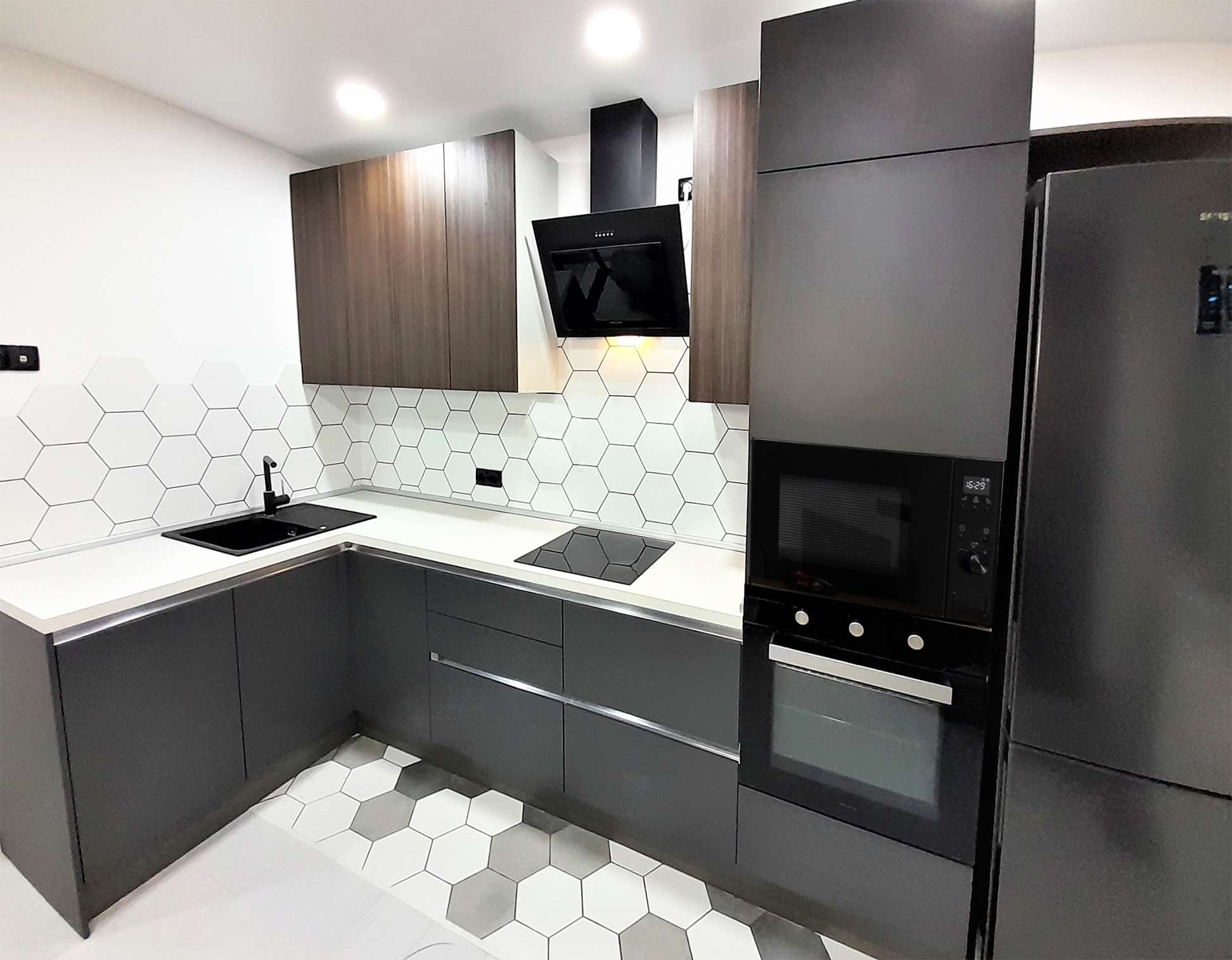
Innovative Culinary Spaces Unveiled
Introduction to a New Era of Culinary Adventure
The culinary world is abuzz with excitement as a new wave of innovative culinary spaces is being unveiled. These spaces are not just about food preparation; they are immersive experiences that combine gastronomy, technology, and design. They cater to the curious, the epicures, and the storytellers alike, offering a fresh and dynamic approach to how we interact with food.
Revolutionizing the Cooking Environment
Leading the charge in the revolution of cooking spaces are establishments that blur the lines between kitchen and dining area, encouraging interaction between chefs and customers. State-of-the-art kitchens with glass walls allow diners to glimpse the magic of meal preparation, while interactive cooking stations invite guests to partake in the culinary process. These spaces are equipped with the latest in food technology, from smart appliances that streamline cooking processes to innovative tools that allow for artistic food presentation.
Embracing Sustainability and Local Cultures
At the heart of many of these innovative culinary spaces is a commitment to sustainability. Rooftop gardens, on-site composting, and partnerships with local farmers are just a few of the ways these gastronomic havens are reducing their carbon footprint. Furthermore, they also celebrate local culture and ingredients, offering menus that change with the seasons and reflect the diversity of the community.
Interdisciplinary Culinary Hubs
Gone are the days when a kitchen was just a place for chefs to work. The new culinary spaces are interdisciplinary hubs where chefs, food scientists, designers, and tech experts come together to push the boundaries of traditional cooking. From workshops on molecular gastronomy to seminars on food photography and styling, these centers are melting pots of innovation and education.
Technology-Driven Dining Experiences
Technology plays a pivotal role in these modern culinary spaces. Augmented reality menus, 3D food printing, and AI-driven personal nutrition guides are redefining what it means to dine out. In some avant-garde eateries, diners can customize their meals right down to their molecular structure, creating a taste and nutrition profile that is uniquely tailored to their palate and dietary needs.
The Culinary Community Space
Community is also central to the philosophy of these new spaces. Communal tables and open-plan layouts encourage dialogue and exchange between food lovers from all walks of life. Cooking classes, tasting events, and farmers' markets are regular features, fostering a sense of belonging and shared passion for good food and innovation.
Conclusion: The Future of Culinary Exploration
Innovative culinary spaces are more than just trendsetters; they are harbingers of a future where food is not merely consumed but experienced in its entirety. As we continue to unveil these pioneering spaces, we open up new possibilities for creativity, learning, and connection, all centered around the universal joy of eating. The unveiling of these spaces marks the beginning of a new chapter in culinary exploration, one that promises to be as delicious as it is enlightening.